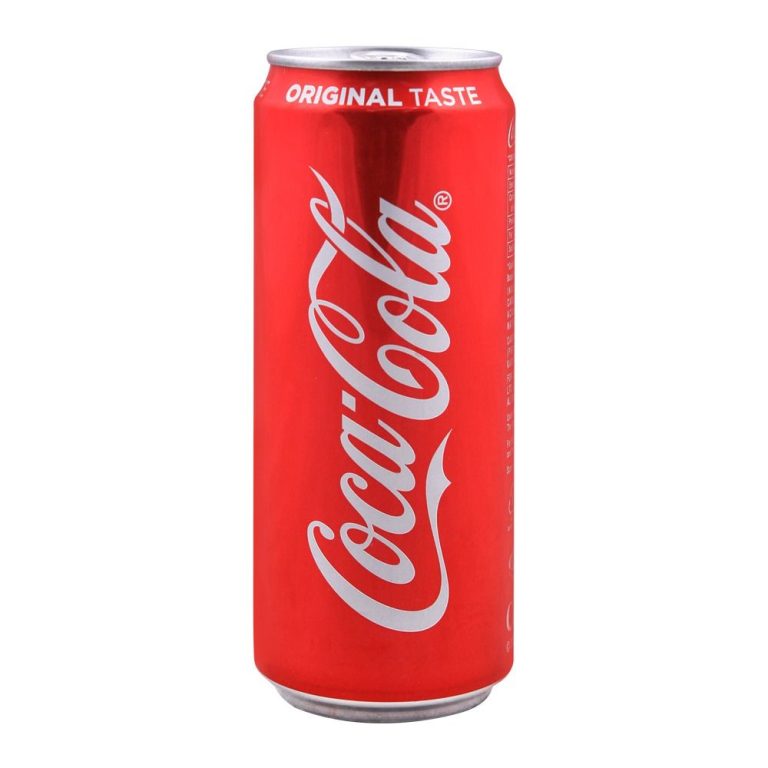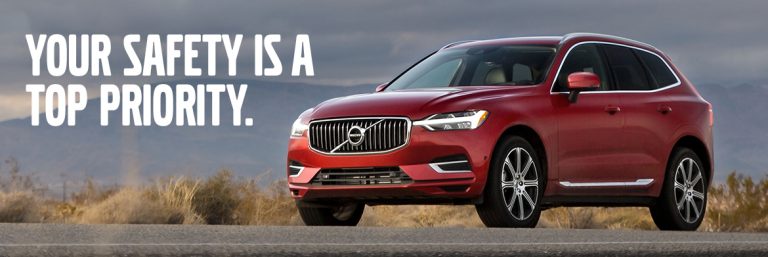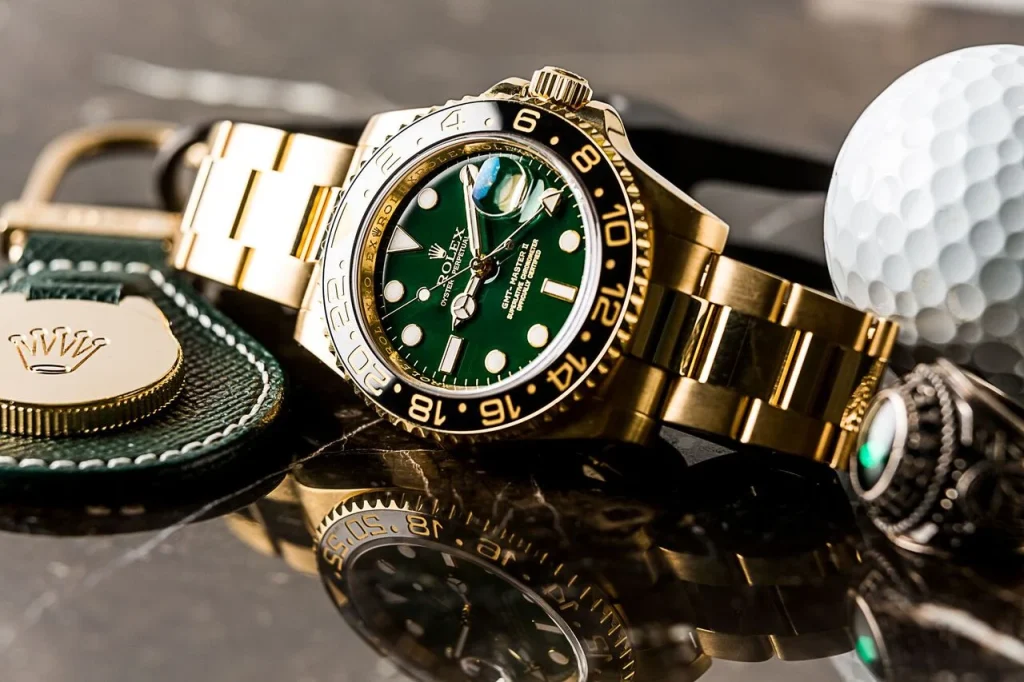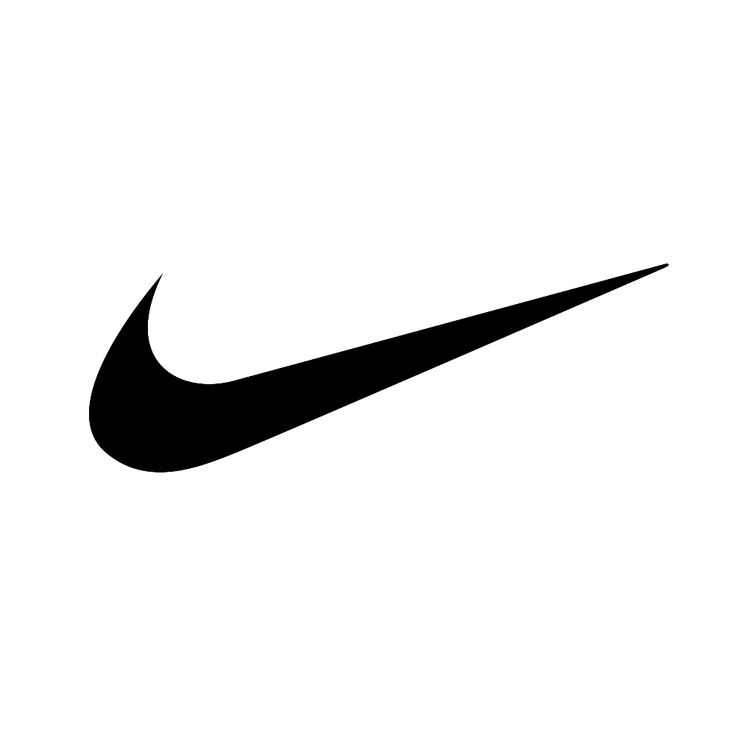

Seen a swoosh and instantly thought of a basketball legend? That’s brand association in a nutshell!
Imagine walking down the street and spotting a golden arch from afar. Instantly, a wave of childhood memories and the promise of a delicious burger flood your mind. That’s the magic of brand association at work!
In this blog, we’ll delve into the fascinating world of brand association, exploring what it is, why it matters, and how you can leverage it to build a powerful brand that resonates with your audience.
Think of brand association as the mental link consumers forge between a brand and certain ideas, emotions, or experiences. It’s the image that pops into their heads when they encounter your brand name, logo, or even a product category.
These associations can be based on various factors, including:
Think of the bright red Coca-Cola can, instantly recognizable for its color and iconic design. A UCLA study by Paco Underhill found that brand attributes are some of the strongest drivers of brand association, influencing up to 70% of a consumer’s perception.


These are the characteristics or features that consumers associate with a brand. Attributes can be product-related (e.g., quality, reliability) or non-product-related (e.g., brand personality, social responsibility).
Volvo is commonly associated with safety. Consumers often perceive Volvo cars as being exceptionally safe due to their rigorous safety standards and innovations.


Patagonia is associated with environmental responsibility. The brand is known for its commitment to sustainability and ethical practices.


Dove’s “Real Beauty” campaign successfully associated the brand with female empowerment and body positivity, a far cry from just selling soap. This shift in messaging led to a 20% increase in sales within just a year.
This involves the perceived value or advantages that consumers believe they will receive from using a brand’s products or services. Benefits can be functional, experiential, or symbolic.
Tide is associated with superior cleaning power. Consumers believe that Tide detergent provides the best results in removing stains and cleaning clothes.
Disney is associated with magical and joyful experiences. Visiting a Disney theme park is perceived as a unique and enchanting experience for families.
Rolex is associated with status and prestige. Wearing a Rolex watch symbolizes success and high social standing.


Icons, logos, or trademarks that are easily recognizable and associated with the brand. These symbols play a crucial role in brand recall and recognition.
The Nike logo, also known as the Swoosh, is one of the most recognizable symbols in the world. It epitomizes the power of effective brand association, which is the connection and perception that consumers have with a brand.


Strong brand associations are like gold for businesses. Here’s why:
A study by the Journal of Consumer Marketing found that brand association is the single biggest factor influencing consumer choice, accounting for nearly 60% of purchase decisions. When faced with a choice between two similar products, consumers often gravitate towards the brand they associate with positive attributes.
Positive associations build trust and emotional connections, leading to repeat customers and brand advocates. According to a Gallup study, engaged customers who are emotionally connected to a brand are three times more likely to recommend it to others.
If your brand is associated with quality or exclusivity, like Rolex with luxury timepieces, you can command a higher price point. Studies show that consumers are willing to pay a premium for brands they trust and associate with positive attributes.
Strong associations make your brand more memorable in a crowded marketplace. A study by Keller Fay Consulting Group revealed that strong brand associations can increase brand recall by up to 80%.
Creating positive brand associations requires a strategic and consistent approach:
brand association is a powerful tool that can elevate your brand from the ordinary to the extraordinary. By understanding how associations are formed and implementing the strategies outlined above, you can build a brand that resonates deeply with your target audience.
Along with brand association, if you are looking to increase your brand’s awareness, these guides will kick off your journey:
Get started with our free brand perception survey tool
Don’t Let Your Competitors Understand Your Customers Better Than You
Don’t miss out. Try our 30-day Free Professional Trial.

